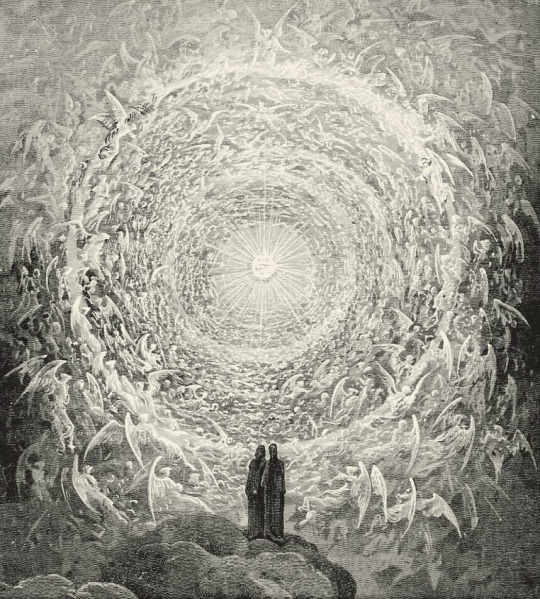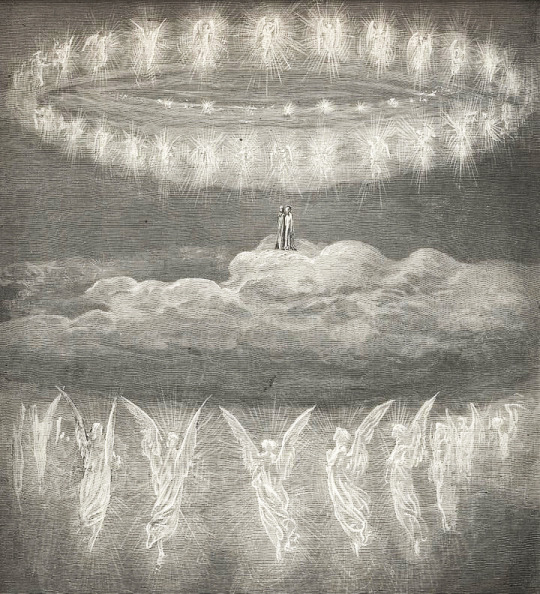Text
Antonio Caldara (1670-1736) - Sinfonia from "La morte d'Abel" for Strings and Basso continuo in f-minor, II. Andante. Performed by Rinaldo Alessandrini/Concerto Italiano on period instruments.
35 notes
·
View notes
Text
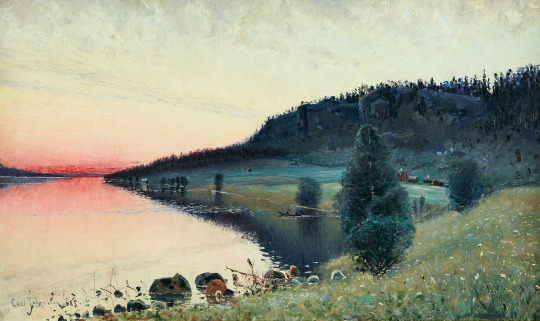
Carl Johansson (Swedish, 1863‑1944), Avfärd i gryningen [Departure at Dawn], 1885. Oil on canvas, 50 x 83.5 cm.
1K notes
·
View notes
Photo

Anne Carson, ‘Wildly Constant’, London Review of Books
21K notes
·
View notes
Photo
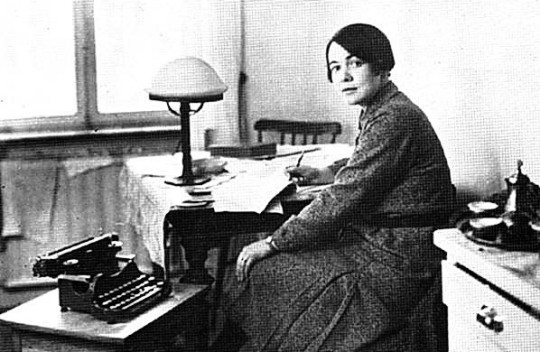
Swedish writer, editor, and translator Karin Boye (26 October 1900 – 24 April 1941) struggled with her sexuality for much of her life, which came to a crisis during her marriage to Leif Björck, whom she married in 1929.
In 1931 she fell into a severe depression, with suicidal phases. From a friend she obtained the name and address of a psychoanalyst in Berlin. The doctor wrote in his diary, “This will end badly. Within ten years she will have taken her own life.”
Boye separated from her husband in 1932, and after meeting Margot Hanel in Berlin the same year, the couple began living together in Stockholm. The relationship became acrimonious after only a few months. Margot Hanel (12 years younger than Boye) was extremely jealous add dependent, and suffered chronic illnesses, making Boye care for her and refused to allow Boye to see her literary friends. Boye dedicated her poem “To You” to Hanel, writing “You my despair and my strength,/you took all the life I owned”
In 1939 Boye learned that her friend of 20 years, Anita Nathorst, was diagnosed with cancer and went to Alingsås, Sweden to take care of her. While Boye wrote Hanel letters assuring Hanel of her loyalty, Boye had fallen in love with Nathorst. She wrote to a friend, “when one finally attains something that has lain in one for twenty years, the person concerned is dying of cancer and sufficiently exposed to radium not to have a spark of sex left. We agreed that life is macabre in a way that no reforms can ever remove, macabre to its innermost kernel.”
On the morning of 23 April 1941, Boye left Nathorst’s house, taking only a bottle of sleeping pills with her. Her body was discovered 4 days later, curled on a boulder (which is now a memorial to her).
29-year-old Margot Hanel killed herself a little more than a month later, on 30 May 1941. Boye’s mother burned all the correspondence between her daughter and Hanel, claiming she had received the instructions from Boye after her daughter’s death.
19 notes
·
View notes
Photo

Yves Klein (28 April 1928 – 6 June 1962) in Saut dans le vide (Leap into the Void), 1962
36 notes
·
View notes
Photo

Lee Miller (April 23, 1907 – July 21, 1977) was covering World War II for Vogue magazine, when she followed the troops through the gates of Dachau on 29 April 1945.
Later that same day she accompanied soldiers to Munich and into Adolf Hitler’s apartment. She asked fellow photographer David Scherman to take her picture in Hitler’s bathtub. Her boots were still covered with the dirt from Dachau. A few hours after this photograph was taken, Hitler would shoot himself in the head in his bunker in Berlin.
37 notes
·
View notes
Photo
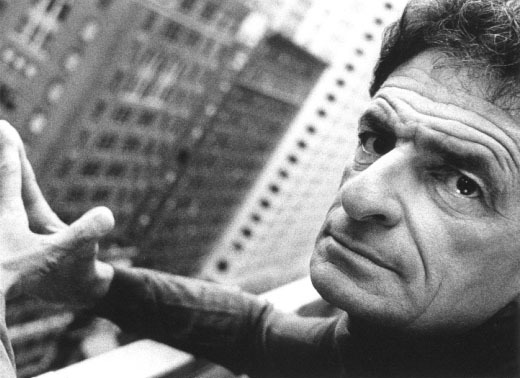
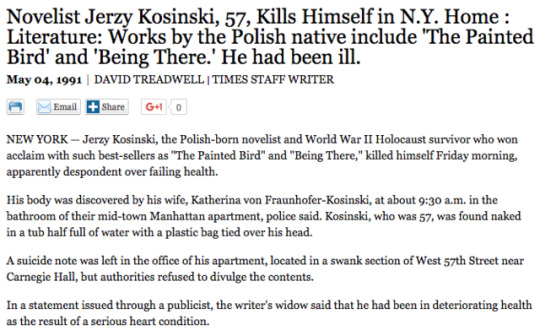
On 2 May 1991 Jerzy Kosiński attended a party at Gay Talese’s home in New York City. According to Talese, “I had my arm around him, and we were laughing. The things we were talking about had a future tense to them. I saw him often in April and in recent months. There was nothing in his manner to show he was depressed.”
A.M. Rosenthal, another friend who attended the same party, had a different opinion. “He was more down than I’ve ever seen him. He was usually so lively, but he told me he had heart trouble, that he had a rapid heartbeat and that he was having difficulty breathing.”
The next morning, around 9 am on 3 May 1991, Kosiński’s wife found him dead in the half-filled bathtub with a plastic bag around his head. His suicide note read, “I am going to put myself to sleep now for a bit longer than usual. Call the time Eternity.“
11 notes
·
View notes
Photo
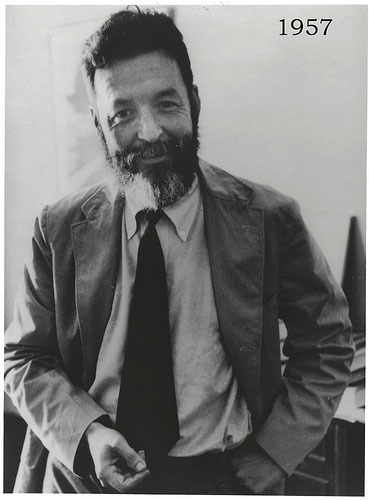
It was not dying: everybody died.
It was not dying: we had died before
In the routine crashes– and our fields
Called up the papers, wrote home to our folks,
And the rates rose, all because of us.
We died on the wrong page of the almanac,
Scattered on mountains fifty miles away;
Diving on haystacks, fighting with a friend,
We blazed up on the lines we never saw.
We died like aunts or pets or foreigners.
(When we left high school nothing else had died
For us to figure we had died like.)
In our new planes, with our new crews, we bombed
The ranges by the desert or the shore,
Fired at towed targets, waited for our scores–
And turned into replacements and woke up
One morning, over England, operational.
It wasn’t different: but if we died
It was not an accident but a mistake
(But an easy one for anyone to make.)
We read our mail and counted up our missions–
In bombers named for girls, we burned
The cities we had learned about in school–
Till our lives wore out; our bodies lay among
The people we had killed and never seen.
When we lasted long enough they gave us medals;
When we died they said, ‘Our casualties were low.’
They said, ‘Here are the maps’; we burned the cities.
It was not dying –no, not ever dying;
But the night I died I dreamed that I was dead,
And the cities said to me: 'Why are you dying?
We are satisfied, if you are; but why did I die?’
“Losses” by Randall Jarrell (May 6, 1914 – October 14, 1965)
8 notes
·
View notes
Text
I love you dearly, you know, I love you still, love you always, to me the memory of you is so soft and sweet, it lulls my mind, like a weary body rocking in a hammock, swinging on the warm breeze.
Gustave Flaubert in correspondence with Louise Colet on 7 December 1846, from Selected Letters
91 notes
·
View notes
Photo

“Nicolae Ceausescu killed all the boars in order to make legends for the children.”
0 notes
Text
“Poetry allows silences, screams, distances, leaps.”
— Valzyhna Mort, from “Short Conversations With Poets Valzhyna Mort by Ilya Kaminsky”, published in McSweeney’s, November 21, 2020
666 notes
·
View notes
Quote
When I have sex, I celebrate the birthdays of the departed. When I fall in love, like this very minute, as I shake myself, I scatter earth onto a coffin. It doesn't matter whose. And when I masturbate I desecrate crypts, and when I rock my baby I say amen, and when I smile I unplug an iron lung. Hence the kiss. Because after all, since forever and since even before being born, and for the whole time my husband's been shouting with jealous rage, I've been dead.
Ariana Harwicz, Die, My Love (translated by Sarah Moses and Carolina Orloff)
0 notes
Photo

Postcard with photograph of Yiddish writers Peretz Markish and Uri Zvi Greenberg, 1922
Blavatnik Archive (via shvlman on Twitter)
458 notes
·
View notes
Photo
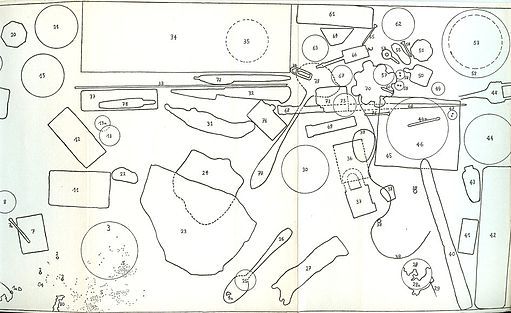
No one reads Daniel Spoerri, a visual artist known for his snare-pictures, and also the author of a classic literary snare-picture, An Anecdoted Topography of Chance–an unfortunately difficult book to track down.
The premise of An Anecdoted Topography of Chance is simple: the map above is of Spoerri’s room, drawn on the afternoon of October 17, 1961. After numbering the items in his room, the author set out to inventory each object, providing in the process an autobiography unlike any you’ve read. Each page lists a single object (illustrated by the inimitable Roland Topor) followed by an entry describing the object. Sometimes laconic:
44 Very Pretty Dark Blue Bottle
with a large neck, bought in a shop opposite the Galerie Raymond Cordier, rue Guenegaud, one day when for no apparent reason I visited the gallery; said bottle is topped by a socket and bulb, the whole forming a bedside lamp.
And at others elaborate, like number 66, a bottle of Sauze (a cologne), to which are appended three footnotes and five pages of text that ends with the following anecdote:
I myself was so drunk that evening that I’m certain it was there I infected my finger, and not in the door of a taxi, as I once supposed; after two days the infection had spread almost up to my shoulder, and I was sent to a doctor: if I had come two days later, he said, I probably would have died of blood poisoning.
To get a better idea of how the book works (and to see how easily it could be adapted to an online text), see this page.
And for an article about “chance art,” see Dario Gamboni piece in Cabinet Magazine.
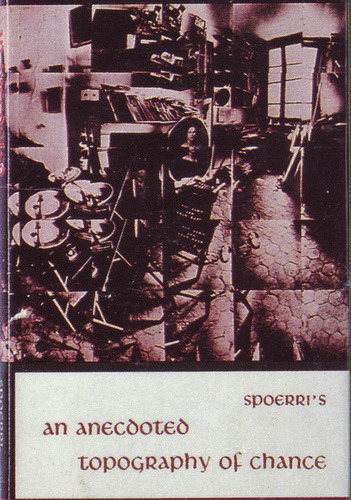
214 notes
·
View notes
